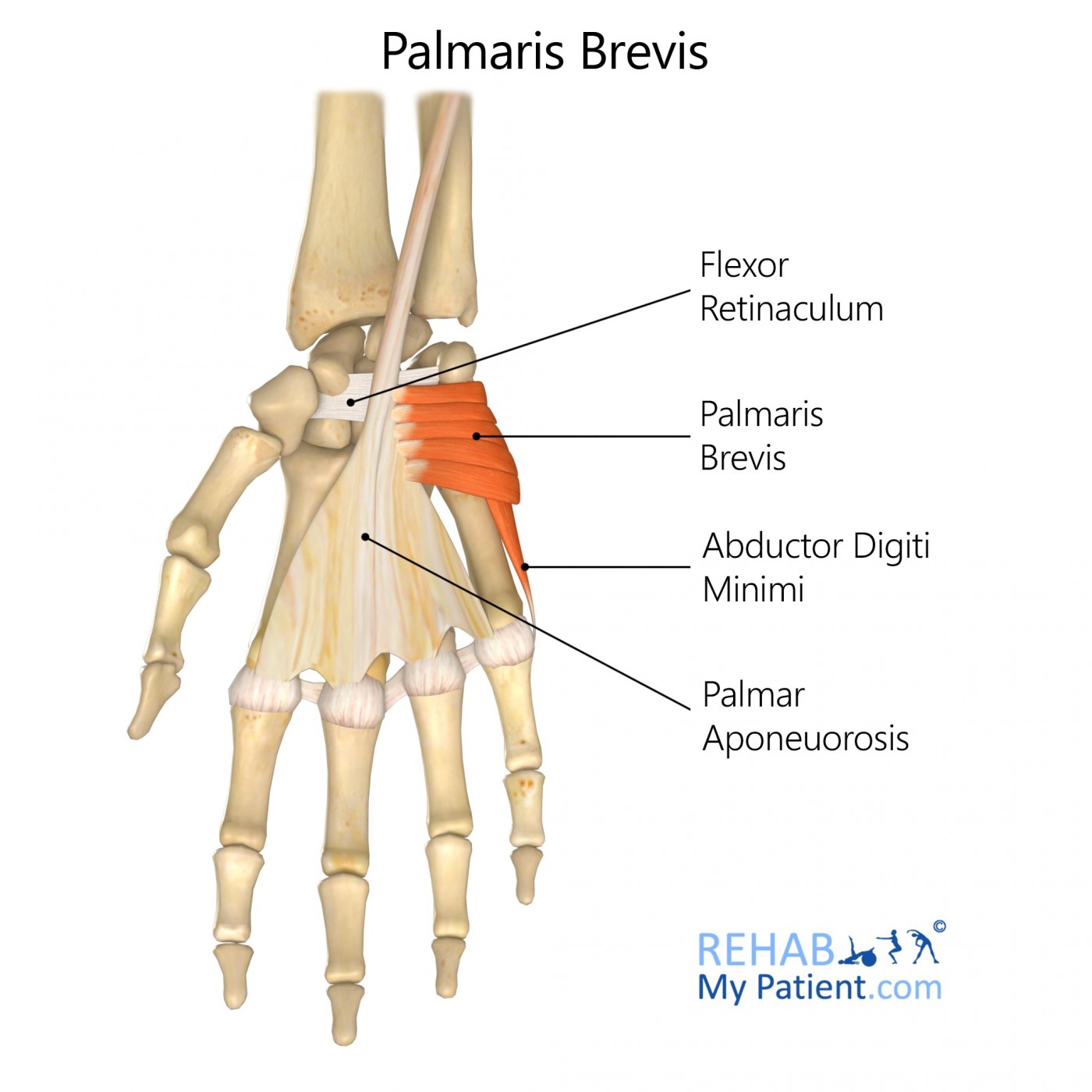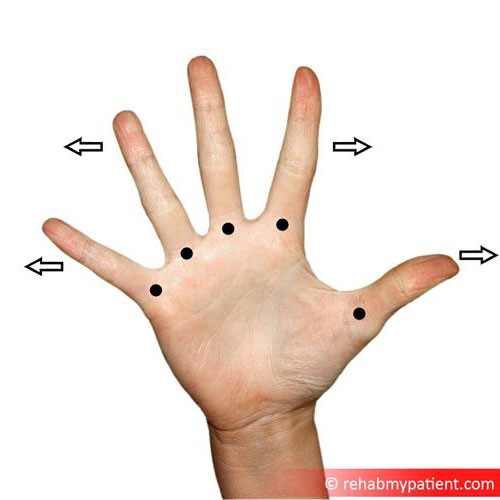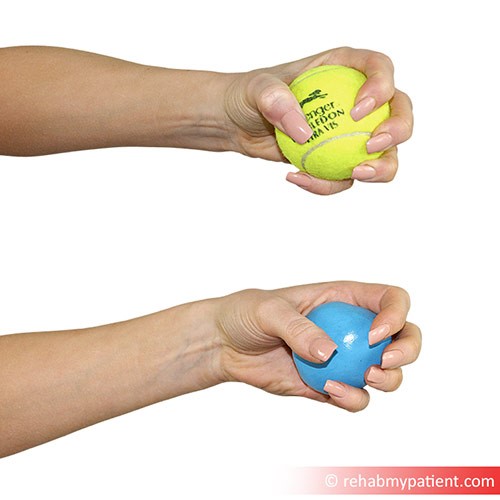Palmaris Brevis
Opublikowano dnia 28th Jul 2020 / Opublikowano w: Ręka/Palce/Kciuk

General information
The palmaris brevis is a thin, short muscle underneath the skin on the ulnar side of the palm. The purpose of the muscle is to deepen the cup of the hand, thus improving the grip.
Literal meaning
Short muscle on the flat of the hand.
Interesting information
Palmaris brevis works closely in conjunction with the palmaris longus, and both are often incorrectly thought to be responsible for Carpal Tunnel Syndrome. The palmaris brevis muscle is not under voluntary control. A minute branch supplying the muscle is strictly a motor nerve that originates from the confluent ulnar nerve which has both motor and sensory functions. Most injuries to the palmaris brevis occur from over-use or impact from or on an object. Swelling and localized pain to the touch are the most common signs of injury to the area. NSAIDs, such as ibuprofen, may be taken to aid in reducing the pain and inflammation. Icing of the area and rest are recommended to further reduce the inflammation and pain.
Origin
Flexor retinaculum and palmar aponeurosis.
Insertion
Skin on the ulnar side.
Function
Creation of crevices to tighten the hold of the hand.
Nerve supply
C8 and T1 ulnar nerve.
Blood supply
Ulnar side of the superficial palmar arch.

Relevant research
A report written in the Journal of Neurology, Neurosurgery and Psychiatry discusses the clinical characteristics of Palmari Brevis Spasm Syndrome and possible treatments. It should be noted there is not a blanket treatment for Palmaris Brevis Spasm Syndrome. The clinical participants shared some, but not all, of the clinical characteristics. It was found that this syndrome occurs mostly in older males. Most issues were isolated contractions of the palmaris, spontaneous and irregular contractions, and dimpling of the skin with no standard duration or frequency. Triggers for the spasms could not be isolated. In one patient, phenytoin worked successfully, while in another patient there was no difference. It was also recorded that baclofen worked for one of the patients in the study.
Serrarice, George, Azulay, Jean-Phillip, Serratrice, Jacques and Pouget, Jean, 1995:59, “Short Report Palmaris Brevis Spasm Syndrome”. Journal of Neurology.
Palmaris brevis exercises
Making a fist

Hold your hand out in front of you as you spread your fingers as wide as possible. Close your fingers toward your palm and place your thumb on the outside of the fingers, creating a fist. Hold this position for 30 to 60 seconds, then release your fingers back to the beginning position with your fingers spread out as wide. Do this exercise at least four times for three sets on both hands.
Grip strengthener

Utilising a soft, but firm hand exercise ball, place it comfortably into the palm of your hand and wrap all of your fingers around it. Squeeze the ball as hard as you can, holding this position for a few seconds and then relax. Repeat this movement 10 to 15 times with each hand, two or three times a week. However, be sure to rest your hand for 48 hours between sessions to ensure that the muscles are not over-exerted.
Zapisać się
Zarejestruj się już teraz, aby skorzystać z bezpłatnego okresu próbnego!
Zacznij korzystać z Rehab My Patient już dziś i zrewolucjonizuj proces przepisywania ćwiczeń, aby zapewnić sobie skuteczną rehabilitację.
Rozpocznij 14-dniowy bezpłatny okres próbny